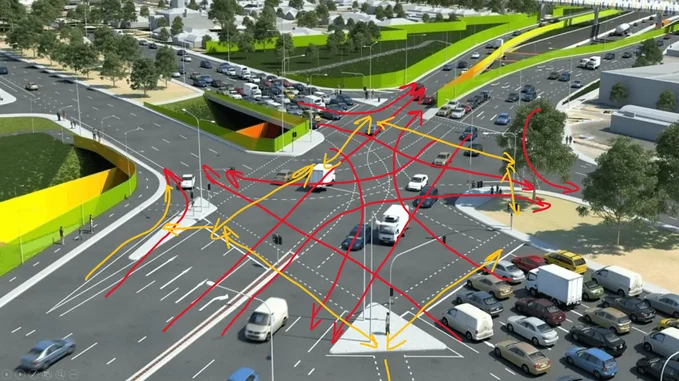Traffic Data Collection and Analysis Methods and Procedures

Collecting and analyzing road traffic data is an essential part of traffic engineering. This enables traffic engineers to make data-driven decisions that improve road performance and increase safety.
Non-intrusive methods rely on remote observations of traffic and can include manual counts by humans using tally sheets, or video image detection. Similarly, technical devices like pneumatic road tubes, induction loops and piezoelectric sensors can also be used.
Intrusive Methods
Traffic data collection equips traffic engineers with critical information on the dynamic behavior of traffic streams, enabling them to make informed decisions about how best to mitigate congestion and maximize road capacity. From analyzing traffic flow patterns to determining the best timings for traffic signals, these insights are crucial for ensuring that the traffic system operates as efficiently as possible. Using traffic data also allows for a more holistic view of the urban transportation network and assists in planning for future improvements, such as intersection modifications or constructing new freeway lanes.
Traditional traffic survey methods include human-in-terrain counting, invasive techniques (pneumatic road tubes and induction loop sensors), and non-invasive technology such as radars and simple image analysis. These technologies are characterized by low cost, relatively quick installation and retrieval, and minimal environmental impact.
In addition to the traditional methods, advanced traffic data collection methods such as artificial intelligence, machine learning, and connected vehicle data are increasingly boosting traffic analysis capabilities. These systems analyze real-time traffic data to predict volume, behavior, and trends – helping traffic managers better manage traffic flows and maximize safety.
The most common traffic data collection method involves collecting data on vehicles and pedestrians. This information is compiled into a database and used to calculate average speeds, traffic flow patterns, queue lengths, and other important traffic-related statistics. The gathered data can then be used to identify areas where additional safety measures are needed, improve signal timings, and determine the overall modal share of each mode of travel.
Non-intrusive methods of traffic data collection use a variety of sensors to measure various aspects of the traffic. These sensors are not mounted on the surface of the roadway, and include magnetic or piezo-sensors, radars, and video detection. This technology is not as expensive as the intrusive methods, but is more prone to interference and has less accuracy than the intrusive methods.
Intrusive methods of traffic data collection require the installation of sensors on the surface of the roadway and are more costly than the non-intrusive methodologies. They are also subject to interference from electromagnetic sources and weather conditions, making them less reliable.
Regardless of the method of data collection, all collected traffic data should be standardized and recorded in the same format to facilitate comparisons. In addition, all traffic data should be collected in the same time frame, unless special circumstances exist that may prevent this from being feasible.
Data preparation for model development is important to ensure that the traffic models can be accurately calibrated and compared with real-world traffic conditions. This includes preparing link-node and coding schematic diagrams in a format that can be imported into the modeling software, such as TRAFED. This step is especially critical for establishing accurate turn-counts.
After a complete count, the Traffic Counting Schedule must be sent to all local agencies that participated in the data collection for their review and comment. The comments must be received by the date specified on the Schedule in order to ensure that the Draft AADT is completed and released on time for the next year’s traffic data collection.
